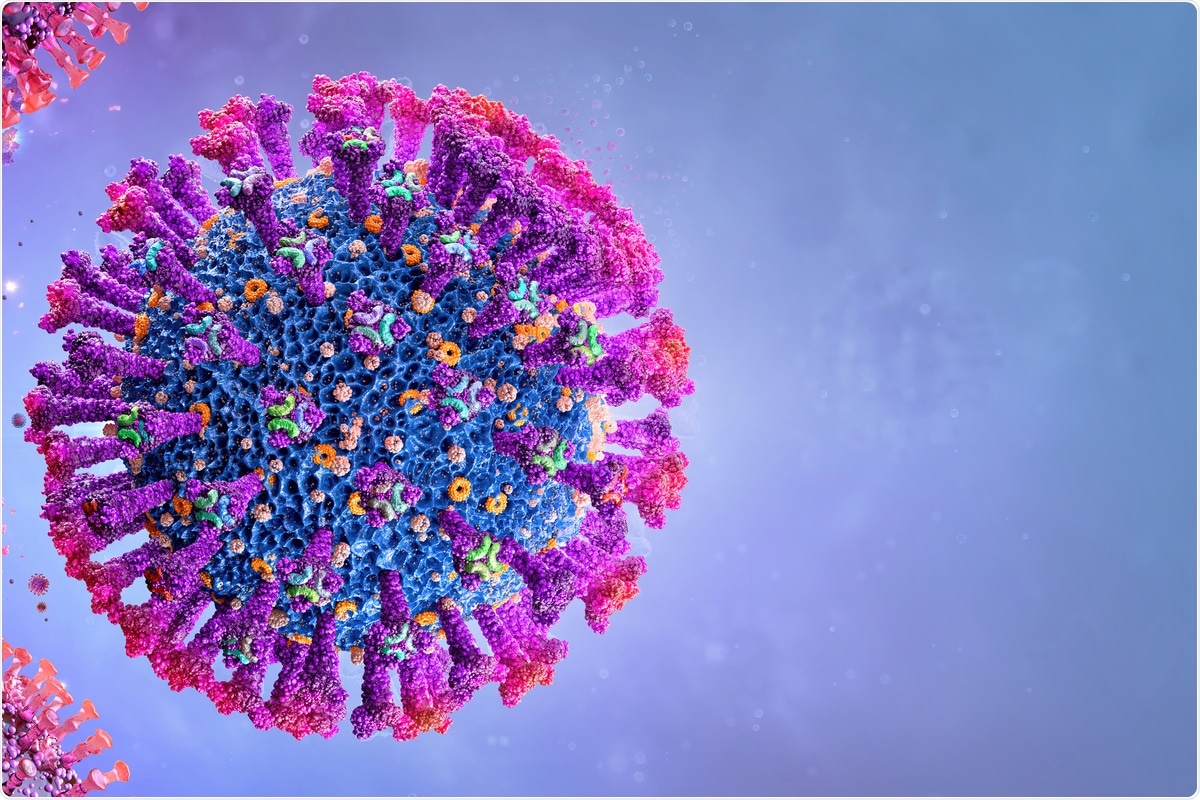There has been a great deal of interest and intense debates surrounding the origins of severe acute respiratory syndrome coronavirus 2 (SARS-CoV-2) since the novel coronavirus was first detected in late 2019 in Wuhan, China. These debates revolve around two competing ideas – zoonotic emergence and a laboratory leak scenario.

A critical review of current scientific evidence to investigate the origin of SARS-COV-2
Recently, an international team of biologists, led by professors from the University of Sydney and the University of Edinburgh, critically reviewed currently available scientific evidence that may throw some light on the origin of the virus that causes COVID-19. The researchers have released a pre-print review paper on the origins of SARS-COV-2 on the Zenodo open-access repository.
The paper summarizes the existing evidence for the origin of the virus and concludes that the origin is most likely zoonotic, that is, transferred from an animal source to humans. While the biologists believe that a laboratory leak scenario cannot be entirely ruled out, they also emphasize that no evidence currently exists for a laboratory origin of SARS-COV-2.
Our careful and critical analysis of the currently available data provided no evidence for the idea that SARS-CoV-2 originated in a laboratory.”
Results show overwhelming evidence for a zoonotic origin for SARS-CoV-2
Coronaviruses have been long known to possess pandemic potential. SARS-CoV-2 is the 9th documented human coronavirus and the 7th human coronavirus identified in the last 20 years. The vast majority of human viruses and all previous human coronaviruses have clear zoonotic origins. There are many signatures of prior zoonotic events linked to the emergence of SARS-CoV-2, which shows clear similarities to SARS-CoV spilling over into humans in Guangdong province, China, in November 2002 and in 2003.
In both cases, humans infected early in the outbreak worked in or lived near animal markets. By definition, zoonotic spillover selects viruses that are capable of infecting humans. Available epidemiological data suggests that the Huanan market, Wuhan, was a major epicenter of SARS-CoV-2 infection. Two of the three earliest cases of COVID-19 documented, and 28% of all COVID-19 cases reported in December 2019 had direct links to this market that sells wild animals.
Examination of the locations where the earliest cases were detected shows that most of these cases cluster around the Huanan market, and these areas were also the first to experience pneumonia deaths in January 2020. No epidemiological link was found to any other area in Wuhan, including the BSL-4 campus of the Wuhan Institute of Virology (WIV), which is the subject of speculation. Laboratory escapes of viruses documented to date almost exclusively involved viruses that were brought into labs specifically due to their known ability to infect humans.
While there are clear epidemiological links to animal markets in Wuhan, no evidence currently exists to confirm that SARS-CoV-2 has a lab origin or that any early SARS-CoV-2 cases had any links to the WIV.
There is also no evidence to show that WIV possessed or studied a SARS-CoV-2 progenitor before the COVID-19 pandemic. The suspicion about SARS-CoV-2’s lab origins stems from the fact that it was first detected in a city with a major virological lab investigating coronaviruses. Wuhan, the largest city in central China, has multiple animal markets and is well connected to other Chinese as well as international cities. The virus’s link to Wuhan is more likely due to the fact that such pathogens need heavily populated areas to spread rapidly and get established.
Focus on improbable lab-leak scenario distracts global scientists from important work needed to prevent future pandemics
To summarize, the pre-print paper highlights evidence that supports a zoonotic origin of the virus. It also confirms that there is absolutely no biological evidence for a laboratory leak scenario. The 21 eminent biologists from universities and research institutes across the world warn that focusing on a highly improbable lab leak scenario could distract scientists from urgent scientific measures needed to comprehensively study the zoonotic origin with the help of collaborative and coordinated studies. A lack of focus on this probable line of inquiry may leave the world vulnerable to future pandemics caused by new viruses.
- Holmes, Edward C, Goldstein, Stephen A, Rasmussen, Angela L, Robertson, David L, Crits-Christoph, Alexander, Wertheim, Joel O, … Rambaut, Andrew. (2021, July 7). The Origins of SARS-CoV-2: A Critical Review (Version 1.0). Zenodo. http://doi.org/10.5281/zenodo.5075888, https://zenodo.org/record/5075888#.YOwXgOhKhyz.
Posted in: Medical Science News | Medical Research News | Disease/Infection News | Healthcare News
Tags: Coronavirus, Coronavirus Disease COVID-19, Laboratory, Pandemic, Pneumonia, Research, Respiratory, SARS, SARS-CoV-2, Severe Acute Respiratory, Severe Acute Respiratory Syndrome, Syndrome, Virology, Virus

Written by
Susha Cheriyedath
Susha has a Bachelor of Science (B.Sc.) degree in Chemistry and Master of Science (M.Sc) degree in Biochemistry from the University of Calicut, India. She always had a keen interest in medical and health science. As part of her masters degree, she specialized in Biochemistry, with an emphasis on Microbiology, Physiology, Biotechnology, and Nutrition. In her spare time, she loves to cook up a storm in the kitchen with her super-messy baking experiments.
Source: Read Full Article
